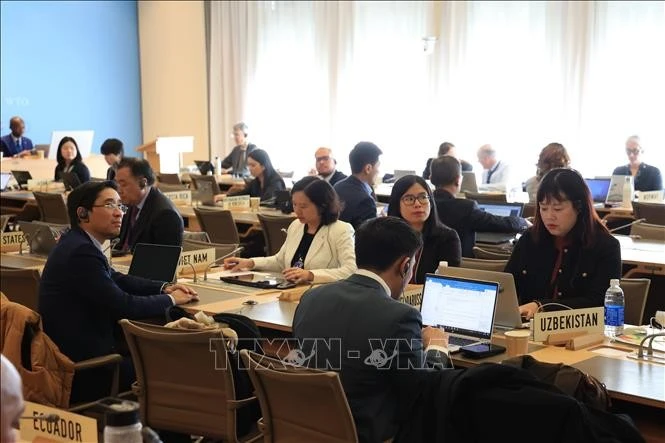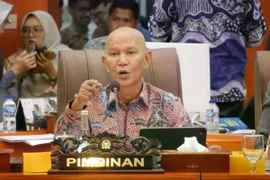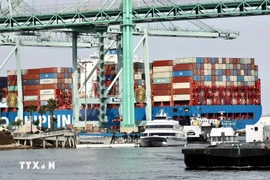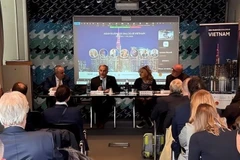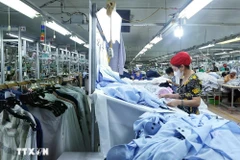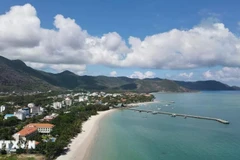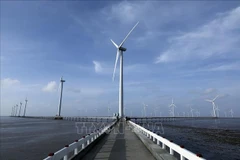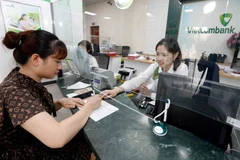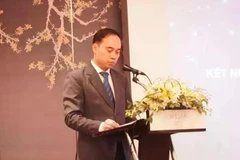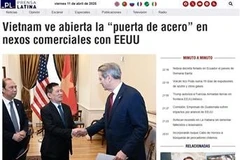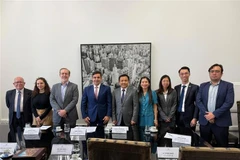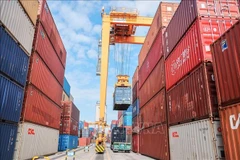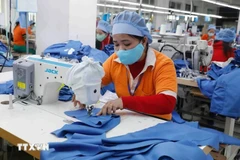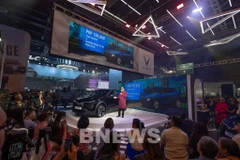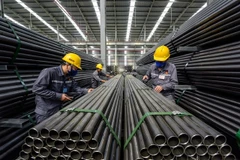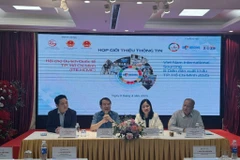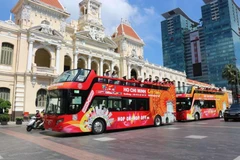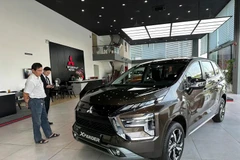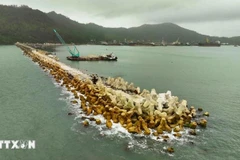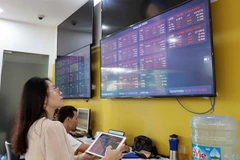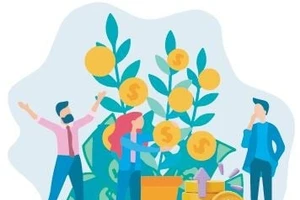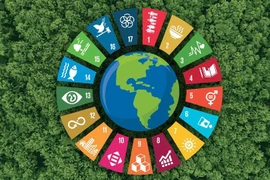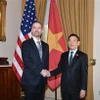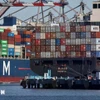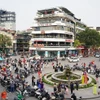Geneva (VNA) – Vietnam has shared its practical experience in applying rules of origin for export goods at a recent regular meeting of the World Trade Organisation (WTO) Committee on Rules of Origin, held at its headquarters in Geneva, Switzerland.
Trinh Thi Thu Hien, Deputy Director of the Agency of Foreign Trade under the Ministry of Industry and Trade, updated WTO members on how Vietnam implements rules of origin for goods exported to member countries.
In an interview with the Vietnam News Agency (VNA) on the sidelines of the event, Hien provided further insights into the importance of rules of origin and how they are applied in Vietnam.
According to Article 3(b) of the WTO Agreement on Rules of Origin, a product is considered to originate in a country if it is wholly produced there, or if multiple countries are involved in its production, the origin is assigned to the country where the last substantial processing takes place. This principle is also reflected in Clause 1, Article 3 of Vietnam’s Decree No. 31/2018/ND-CP issued on March 8, 2018.
Hien explained that rules of origin are a set of criteria used to determine the country where a product is manufactured (i.e. country of origin). These rules are especially important for goods produced using inputs from multiple countries, and require clearly defined methods and standards to identify the origin accurately.
Under WTO and free trade agreement (FTA) frameworks, goods are generally classified into two categories: (i) Wholly obtained goods, such as unprocessed agricultural products grown, harvested, or raised entirely within a country. For example, coffee beans grown and harvested in Vietnam are considered of wholly Vietnamese origin; (ii) Non-wholly obtained goods, which are produced using both domestic and imported inputs. For instance, passion fruit juice made from Vietnamese fruits and sugar but containing imported preservatives can still qualify as Vietnamese origin, though not wholly obtained.
Hien emphasised that determining the correct origin of goods is critical in formulating and implementing trade policies, as it forms the basis for applying preferential tariffs and trade measures under various agreements. Proper certification allows goods to benefit from trade regimes such as WTO-bound tariffs, the Generalised System of Preferences (GSP), or preferential tariffs under FTAs.
Conversely, if goods do not meet the origin requirements, rules of origin can be used to deny access to those preferential regimes.
Hien also pointed out a common misunderstanding: the term “origin” is not interchangeable with the label “Made in Vietnam.” For example, clothing labelled “Made in Vietnam” might not have a Vietnamese Certificate of Origin (C/O), and vice versa — a shipment with a Vietnamese C/O might not carry the “Made in Vietnam” label.
On managing origin amid increasing global integration, Hien said the Agency of Foreign Trade has taken synchronous measure. Key efforts include improving the legal framework with a strong focus on tackling origin fraud, enhancing training for authorised C/O issuing organisations, and cooperating with authorities in importing countries on origin verification to ensure that legitimate Vietnamese exports receive appropriate tariff preferences.
In addition, the Ministry of Industry and Trade is actively involved in negotiating rules of origin aligned with Vietnam’s production capabilities, reforming administrative procedures, digitalising the C/O application process, and enhancing support services for businesses seeking clarification on origin-related matters./.
